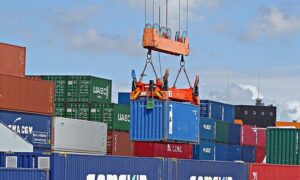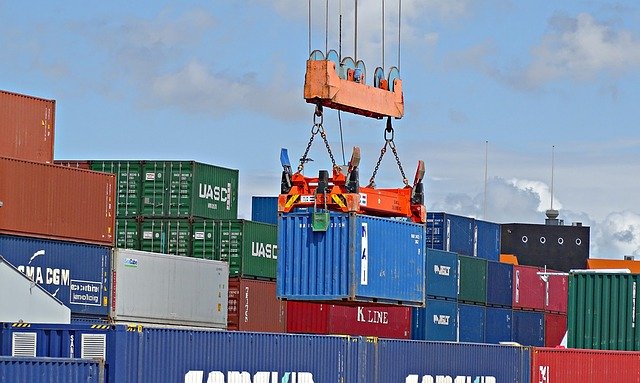
Philippine external trade in goods plunged 24.5% to US$67.64 billion in the first half of 2020 from $89.58 billion in the same semester of 2019, according to the Philippine Statistics Authority (PSA).
PSA said the decline was faster than the annual decline of 1.3% in the second semester of 2019 and reversed the 1.8% increase in the first semester of last year.
Of the total external trade during the first half of 2020, 57.9% were imported goods and the rest were exported goods.
Balance of trade in the first semester of 2020 stood at $10.67 billion, which represents a trade deficit with an annual decline of 47.7%. This was faster than the year-on-year decline of 16.7% in the second semester of 2019 and 6.2% decline during the first semester of the previous year.
Exports amounted to $28.48 billion in the first semester of this year, a decrease of 17.6% from the $34.58 billion earned in the same semester of 2019.
Of the top 10 major commodity groups in terms of export value, eight recorded annual declines, with the fastest drops posted by metal components (-39.4%); ignition wiring set and other wiring sets used in vehicles, aircrafts and ships (-34.3%); and chemicals (-34.0%).
Imports likewise plunged 28.8% to $39.16 billion in the first six months from $55.002 billion in the first semester of 2019. This was also a faster decline compared to the 4.4% annual decline in the second semester of last year, and contrasted with the 2.6% growth posted in the first quarter of last year.
The decline of imported goods was due to decreases in all of the top 10 major import commodities. The annual rate of decline was observed to be fastest for mineral fuels, lubricants and related materials (-46.4%); transport equipment (-43.1%); and industrial machinery and equipment (-34.3%).
By commodity group, electronic products continued to be the country’s top export with total earnings of $16.09 billion and accounting for 56.5% of the total. Electronic products also represented the biggest bulk of imports with $11.52 billion or a share of 29.4%.
By major type of goods, exports of manufactured goods had the highest contribution with $22.83 billion or 80.2% of the total.
Raw materials and intermediate goods, meanwhile, accounted for the largest share of imports with $15.75 billion or 40.2% of the total.
Top trading partners for the first semester in terms of exports were Hong Kong with $4.29 billion; United States, $4.02 billion; China, $3.94 billion; and Singapore, $1.75 billion.
For imports, China remained the country’s biggest supplier with $8.22 billion, followed by Japan ($3.67 billion), South Korea ($3.33 billion), USA ($3.14 billion), and Singapore ($2.49 billion).
Global trade flows were hampered by production supply chain bottlenecks and reduced external demand amid the coronavirus (COVID-19) pandemic. Economic activity slowly resumed in the Philippines last June when community quarantines were eased.
READ: PH exports rise 3.5%, imports drop 4.2% in July
Last July, PSA said the decline in trade had slowed, registering an 18.6% drop to $13.13 billion from $16.145 billion in the same month in 2019.
Fundamental reforms needed
Acting Socioeconomic Planning Secretary Karl Kendrick Chua earlier stated that the government needs to sustain the gradual and calibrated opening of the economy while ensuring strict compliance with health and safety standards to support recovery and make the economy stronger and more resilient.
Chua said worker mobility is one of the critical elements to sustaining the gradual and calibrated resumption of economic activities.
“We must emphasize the importance of safe and sufficient modes of public transport to allow workers to safely go back to work and businesses to operate. Subsidies for service contracting need to be considered to incentivize transport owners and operators to operate even with a reduced passenger load,” Chua said.
He also said the government will continue to pursue fundamental structural reforms jointly with its efforts to improve the country’s healthcare system.
“Reforms related to levelling the playing field such as liberalizing investment regimes to draw in capital and jobs, honing and improving innovative and forward-looking technologies, and producing competitive and unique products and services, remain in the government’s priority plan,” he added.
Chua emphasized that logistics reforms that will rationalize the freight system and establish strategic warehousing as well as cold chain systems remain important as these will ensure the mobility of goods and complement efforts to improve production.





